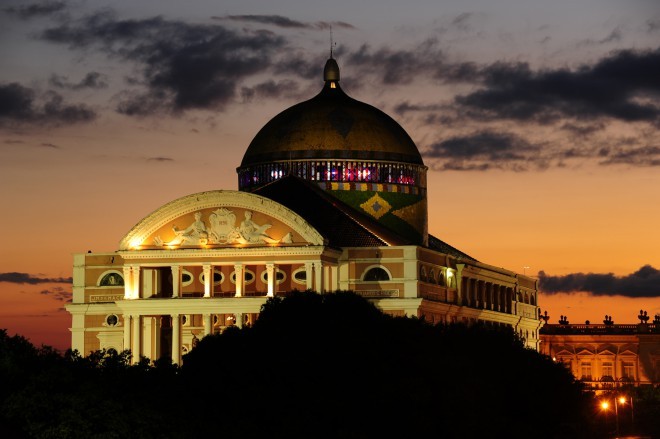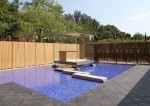June and July are winter months in Brazil, which will be very useful for football players who want to avoid the heat. But not all of them. The English, for example, are already preparing for, as they say, the most difficult match of the championship, as they will first "clash" with Italy in the middle of the rainforest, where it is scorching all year round and the humidity is incredibly high. Welcome to Manaus!
Brazil's seventh most populous city will host four World Cup matches in a new stadium Arena da Amazônia, which clearly communicates to the world that the city, which, due to its isolation (it can only be reached by plane or ship), has largely preserved the culture and traditions of the Indian tribes, wants to maintain a kind of connection with nature. The stadium has the shape of a traditional basket, and is also considered one of the greenest stadiums in the world. Today, Manaus is known primarily for its natural attractions, as it lies at the confluence of rivers Rio Negro and Solimões (Amazon) which, due to different water temperature, acidity and speed, do not mix for about six kilometers. Every day, dozens of tourist boats take tourists to the confluence, where with a little luck they can also see freshwater dolphins, and then the more adventurous go for several days in the river basin Rio Negro, to experience the charms of the rainforest.
A city in the middle of tropical forests

Most of them return to Manaus, which, despite the challenging climate, has become a popular home for many Europeans who immigrated to the city in the middle of the forests in the 19th century. The reason for living in completely different conditions was rubber. The increasingly demanding rubber industry demanded more and more raw materials, which encouraged the emergence of a wealthy class that wanted to build a new Paris in the middle of the tropics. The most striking evidence of their wealth is the opera house Teatro Amazonas. All materials, with the exception of Brazilian wood, were brought from Europe, and in 1897, 700 wealthy opera lovers listened to the opera La Gioconda in it for the first time. Today, the opera house is the seat of the Amazonas Symphony Orchestra. In addition to many Indian traditions, rituals and festivals, the culture of Brazil's original settlers is most interesting to learn about at the market Mercado Municipal Adolfo Lisboa. The building itself from the end of the 19th century is strongly reminiscent of Parisian markets, and in it, in addition to exotic fruits and fish, you can find remedies for all ailments, from asthma syrup made from boiled termites to "pau rosa" tree oil, which is said to relieve arthritis, pain in muscles and even depression.
READ MORE: 5 luxury Brazilian hotels that feel like a fairy tale
Ipanema

The easiest way to fight the heat is with a glass of cold beer. The bar Adrianople and Cachoeirinha are always full, and during the football championship Tuchdown sports bars and Cachaçaria da Dede. The rich nature and its fruits are a guarantee that the local cuisine is also unusual. Exotic fruits, seeds and fresh fish such as tucunaré, tambaqui and pirarucu are part of restaurant menus About Canto da Peixada, Choupana and Restaurante da Tina. About 18 kilometers from the city center along the Rio Negro River lies the neighborhood of Ponta Negra, famous for its sandy beach and lively nightlife. And don't worry, swimming in the river is safe, at least at the designated swimming area.












